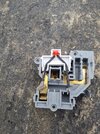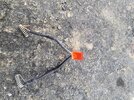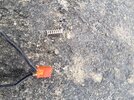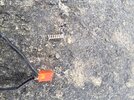Broke one open and this is inside, looks like a neon,
If you want John give us a few weeks and I may have a few more, if you want them I could post them
If you want John give us a few weeks and I may have a few more, if you want them I could post them






